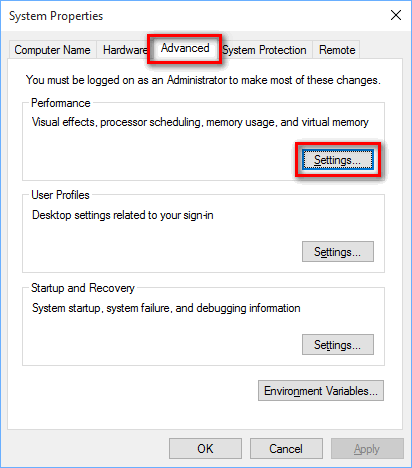

Open Performance Settings and disable Visual Effects. From the window that pops up after selecting System, scroll down right to the bottom and you'll see an option labeled "Advanced system settings". From this menu, select the System option which is located on the top half of the list.ģ. Press the Windows key and X together to bring up a menu on the left side of your screen.Ģ.
#Will upgrading to windows 10 speed up my computer how to#
Sure, these might look fairly pretty but they can actually be very taxing on your device’s resources. Here's how to disable effects:ġ. Windows 10 features a lot of cool visual flourishes like transparency effects and animations. This won’t remove the program from your device, it will just stop it from automatically opening every time you switch it on. If it's not essential then right-click and choose disable.

From the Start-up tab, you can see the "Start-up impact" value for each program, anything labeled as "High" is likely to slow your system down. From the GINA screen select Task Manager, then head over to the Start-up tab which is located on the top navigation bar.ģ.

Select Task Manager and navigate to the Start-up tab. Press the Ctrl+Alt+Del keys on your keyboard at the same time to bring up a blue screen (officially called the GINA screen) with several options.Ģ. In order to speed up your Windows 10 Wdevice, it's best to only have essential programs set as startup apps. Do you ever boot up your device and find that several programs all automatically start up at once? Not only is this rather annoying, but it can also be a huge drain on your device’s resources.


 0 kommentar(er)
0 kommentar(er)
